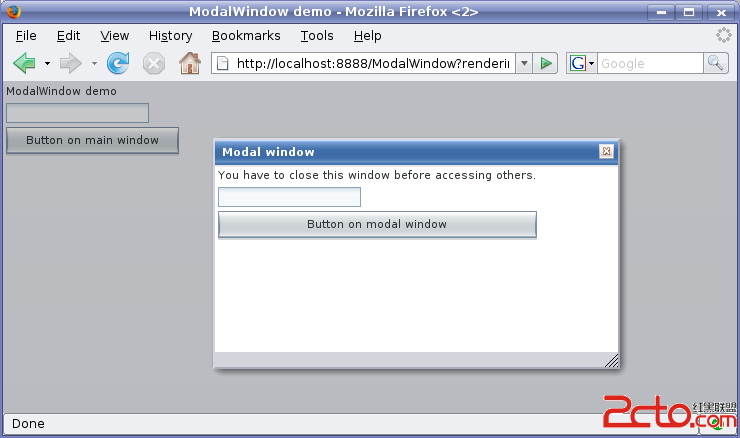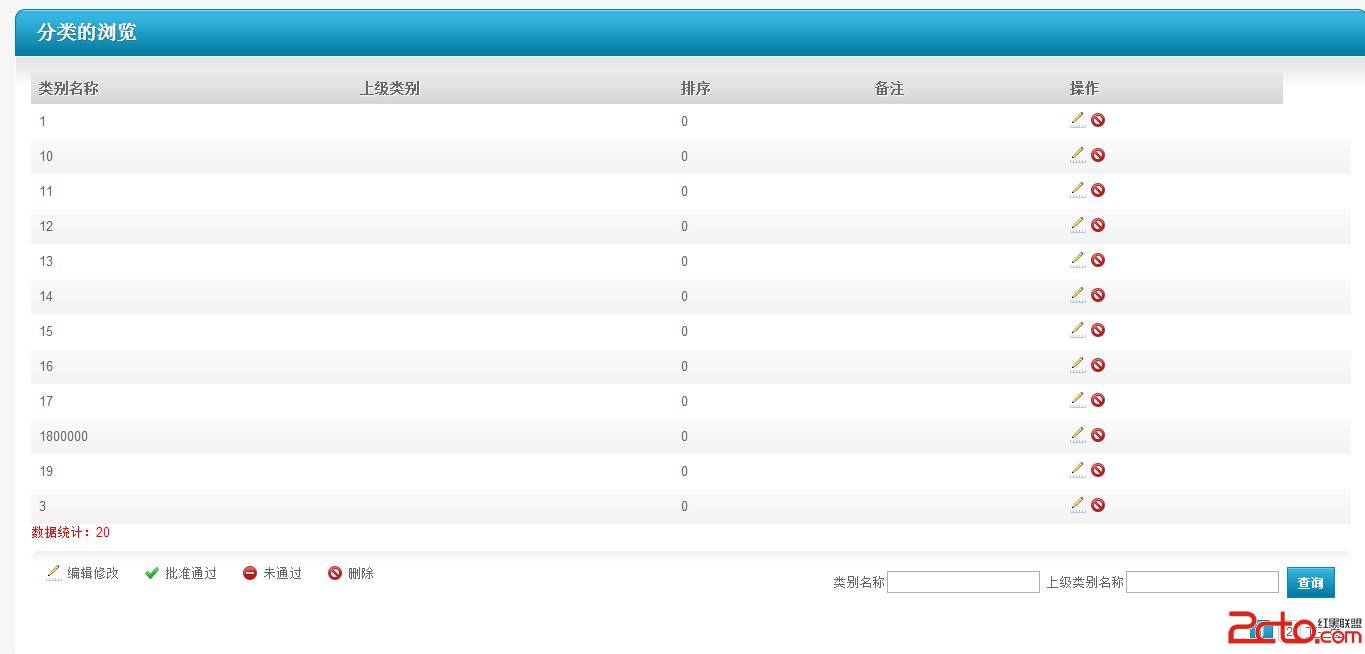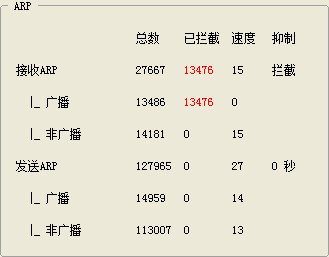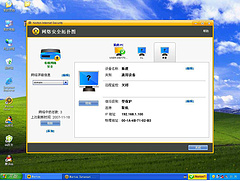settings.py
In settings.py:
HERE=os.path.dirname(os.path.dirname(__file__)
MEDIA_ROOT=os.path.join( HERE , 'media').replace('\\','/')
MEDIA_URL = '/media/'
STATIC_ROOT =os.path.join( HERE , 'static').replace('\\','/')
STATIC_URL= '/static/'
ADMIN_MEDIA_ROOT = '/static/admin/'
STATICFILES_DIRS = (
os.path.join(HERE,'app1/static/').replace('\\','/'),
os.path.join(HERE,'app2/static/').replace('\\','/')
)
In urls.py add these codes:
from django.conf import settings
from django.conf.urls.static import static
urlpatterns += static(settings.MEDIA_URL , document_root = settings.MEDIA_ROOT )
urlpatterns += static(settings.STATIC_URL, document_root = settings.STATIC_ROOT )
in templates:
{% load static %}www.zzzyk.com
<img src="{{ get_static_prefix }}images/1.jpg" />
<link href="{{ get_static_prefix }}css/truple.css />
很重要的几段话:
1.# Don't put anything in this directory(STATIC_ROOT) yourself; store your static files in apps' "static/" subdirectories and in STATICFILES_DIRS.
2.The most likely example is user-uploaded content in MEDIA_ROOT. staticfiles is intended for static assets and has no built-in handling for user-uploaded files, but you can have Django serve your MEDIA_ROOT by appending something like this to your URLconf:
urlpatterns += static(settings.MEDIA_URL , document_root = settings.MEDIA_ROOT )
补充:Web开发 , Python ,





